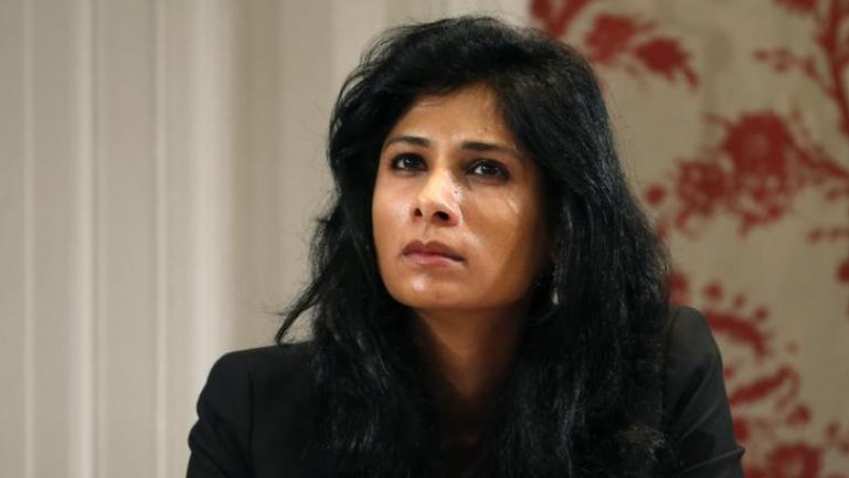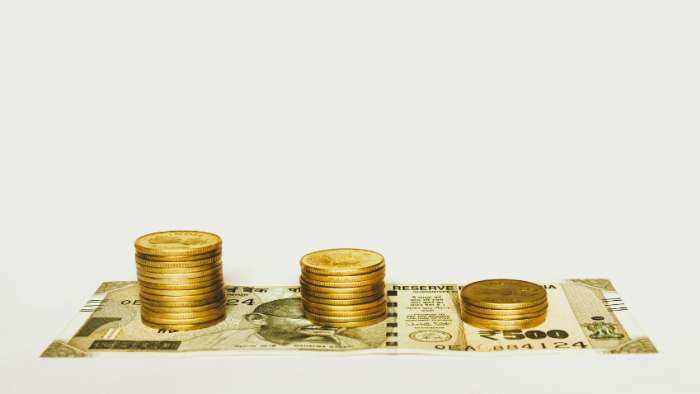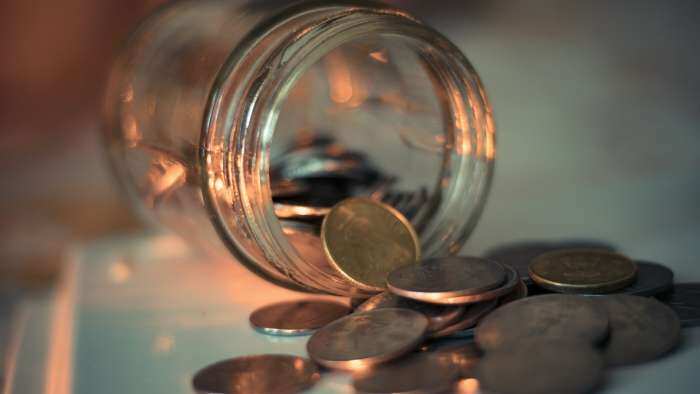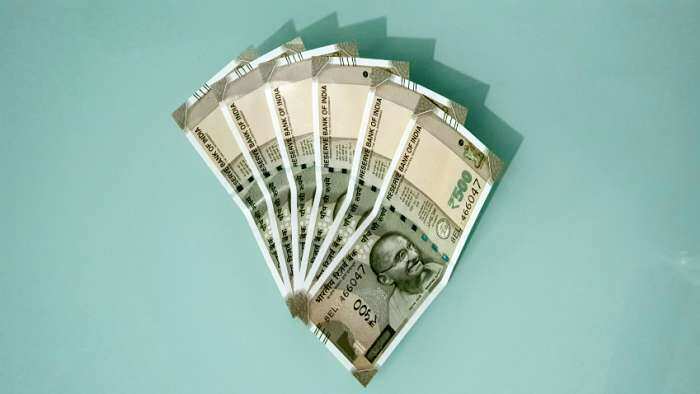Demonetisation slowed down GDP by 2 percentage points in Q4 2016, says economist Gita Gopinath
India-born Harvard professor Gopinath, 46, is set to take charge as the chief economist at the International Monetary Fund (IMF) next month. The paper further said that districts experiencing more severe demonetisation had relative reductions in economic activity, faster adoption of alternative payment technologies and lower bank credit growth.

The government's note ban decision shaved off economic growth by at least 2 percentage points for the October-December quarter of 2016 in which the demonetisation move was effected, according to a research paper co-authored by eminent economist Gita Gopinath.
India-born Harvard professor Gopinath, 46, is set to take charge as the chief economist at the International Monetary Fund (IMF) next month.
The paper further said that districts experiencing more severe demonetisation had relative reductions in economic activity, faster adoption of alternative payment technologies and lower bank credit growth.
"Our results imply demonetisation lowered the growth rate of economic activity by at least 2 percentage points in the quarter of demonetisation," said the research paper titled 'Cash And The Economy: Evidence From India's Demonetisation'.
The paper is published by US-based National Bureau of Economic Research (NBER) and its co-authors include economist Prachi Mishra, who had headed the strategic research unit at the RBI, Abhinav Narayanan, manager-research at RBI, and Harvard professor Gabriel Chodorow-Reich is the lead author.
According to the paper, note ban also led to a decline in nightlights-based economic activity and a 3 percentage points or more drop in employment generation in November and December of 2016 relative to the counterfactual path.
"The cross-sectional responses cumulate to a contraction in employment and nightlights-based output due to demonetisation of 2 percentage points and of bank credit of 2 percentage points in 2016 Q4 (calendar year) relative to their counterfactual paths, effects which dissipate over the next few months," the paper said.
Night lights satellite imagery has been seen as an alternative means for measuring economic activity. Night lights-based data rely on a scientific model for reaching at an estimated total economic activities, including formal and informal, for countries and states of the world.
The Indian economy grew at 7 per cent in the third quarter (when demonetisation was implemented) of 2016-17 and at 6.1 per cent in the subsequent quarter. In 2017-18, the Indian economy grew by 6.7 per cent.
In the six quarters before demonetisation, growth averaged 8 per cent and in the seven quarters after, it averaged about 6.8 per cent (with a four-quarter window, the relevant numbers are 8.1 per cent before and 6.2 per cent after).
The paper also noted that cash continues to serve an essential role in facilitating economic activities in modern India.
It also pointed out that there may be longer term advantages from demonetisation that arise from improvements in tax collections and in a shift to savings in financial instruments and non-cash payment mechanisms. "Evaluating these long-term consequences requires waiting for more data and an empirical strategy suited to the study of longer term effects," it said.
Prime Minister Narendra Modi in a televised address on November 8, 2016 had announced to ban the Rs 500 and Rs 1,000 currency notes from the system aimed at curbing black money, fake currency and terror funding, among others.
This policy made 86 per cent of cash in circulation illegal tender overnight, with new notes gradually introduced over the next several months.
The authors used a new household survey of employment and satellite data on human-generated nightlight activity to measure demonetisation's effects at the district level
Gopinath is the second Indian to be appointed to the role of chief economist after Raghuram Rajan.
Get Latest Business News, Stock Market Updates and Videos; Check your tax outgo through Income Tax Calculator and save money through our Personal Finance coverage. Check Business Breaking News Live on Zee Business Twitter and Facebook. Subscribe on YouTube.
RECOMMENDED STORIES

Rs 4,000 Monthly SIP for 33 years vs Rs 40,000 Monthly SIP for 15 Years: Which can give you higher corpus in long term? See calculations

SBI 444-day FD vs PNB 400-day FD: Here's what general and senior citizens will get in maturity on Rs 3.5 lakh and 7 lakh investments in special FDs?

Sukanya Samriddhi Yojana vs PPF: Rs 1 lakh/year investment for 15 years; which can create larger corpus on maturity?

Rs 55 lakh Home Loan vs Rs 55 lakh SIP investment: Which can be faster route to arrange money for Rs 61 lakh home? Know here

Top 7 Mid Cap Mutual Funds With Highest SIP Returns in 10 Years: Rs 13,333 monthly SIP investment in No. 1 fund is now worth Rs 67,61,971

Latest FD Rates: Know what SBI, PNB, Canara Bank, HDFC Bank, ICICI Bank are providing on 1-year, 3-year and 5-year fixed deposits
09:38 PM IST









 IMF makes strong growth projections for India in 2024, says global 'soft landing' in sight
IMF makes strong growth projections for India in 2024, says global 'soft landing' in sight Gita Gopinath creates history! Breaking the trend, she becomes first woman to feature on IMF's wall
Gita Gopinath creates history! Breaking the trend, she becomes first woman to feature on IMF's wall Gita Gopinath takes charge as IMF’s first Deputy MD; downgrades global economic outlook for 2022 in her swansong as chief economist
Gita Gopinath takes charge as IMF’s first Deputy MD; downgrades global economic outlook for 2022 in her swansong as chief economist IMF Chief Economist Gita Gopinath to leave job and return to Harvard University
IMF Chief Economist Gita Gopinath to leave job and return to Harvard University Cheap crude to be a new normal, oil income-dependent economies will have to diversify: IMF's chief economist Gita Gopinath
Cheap crude to be a new normal, oil income-dependent economies will have to diversify: IMF's chief economist Gita Gopinath